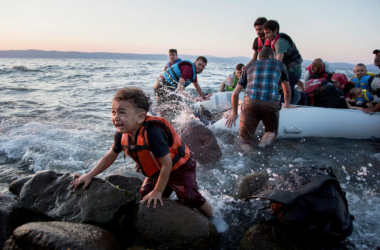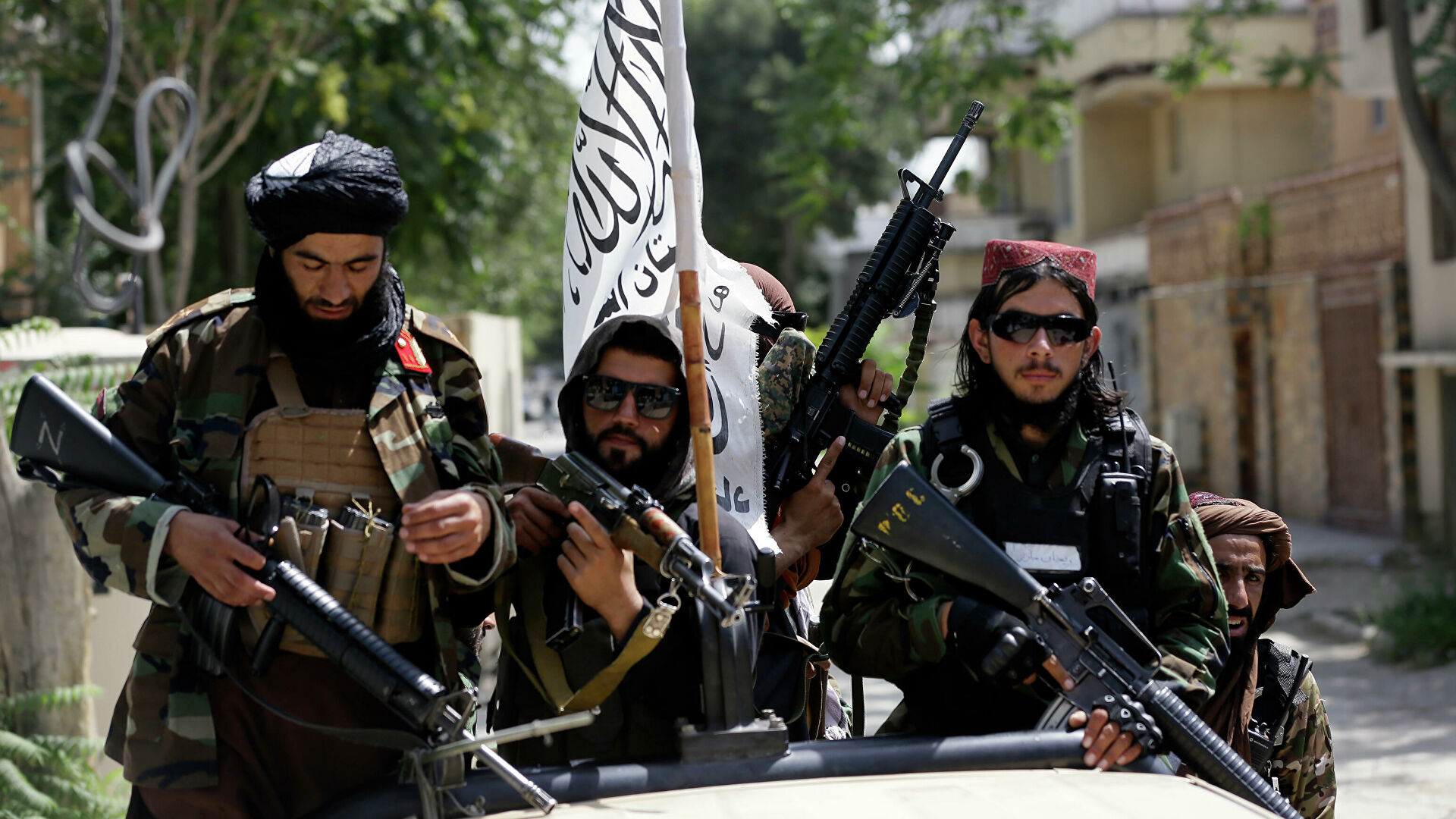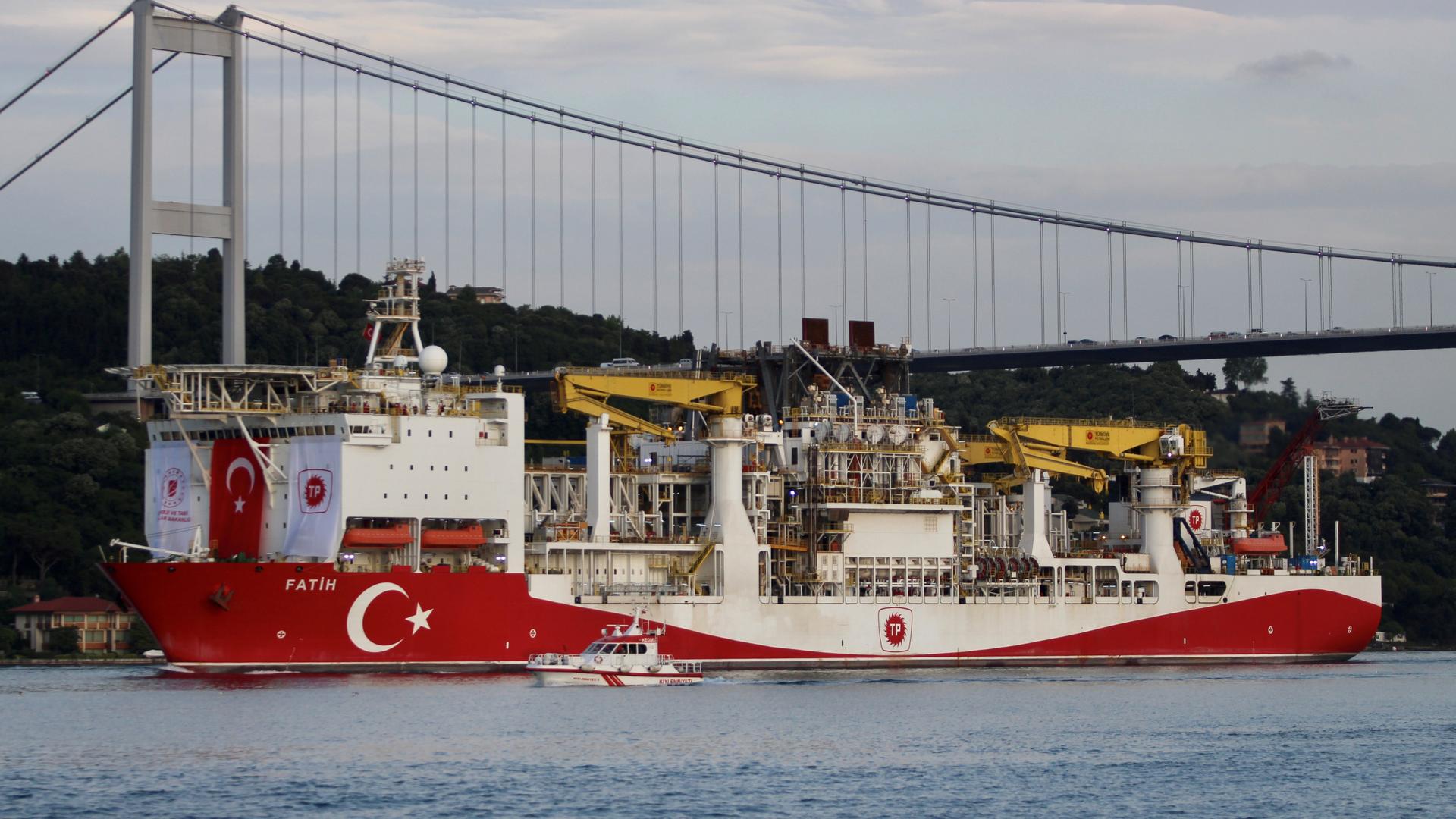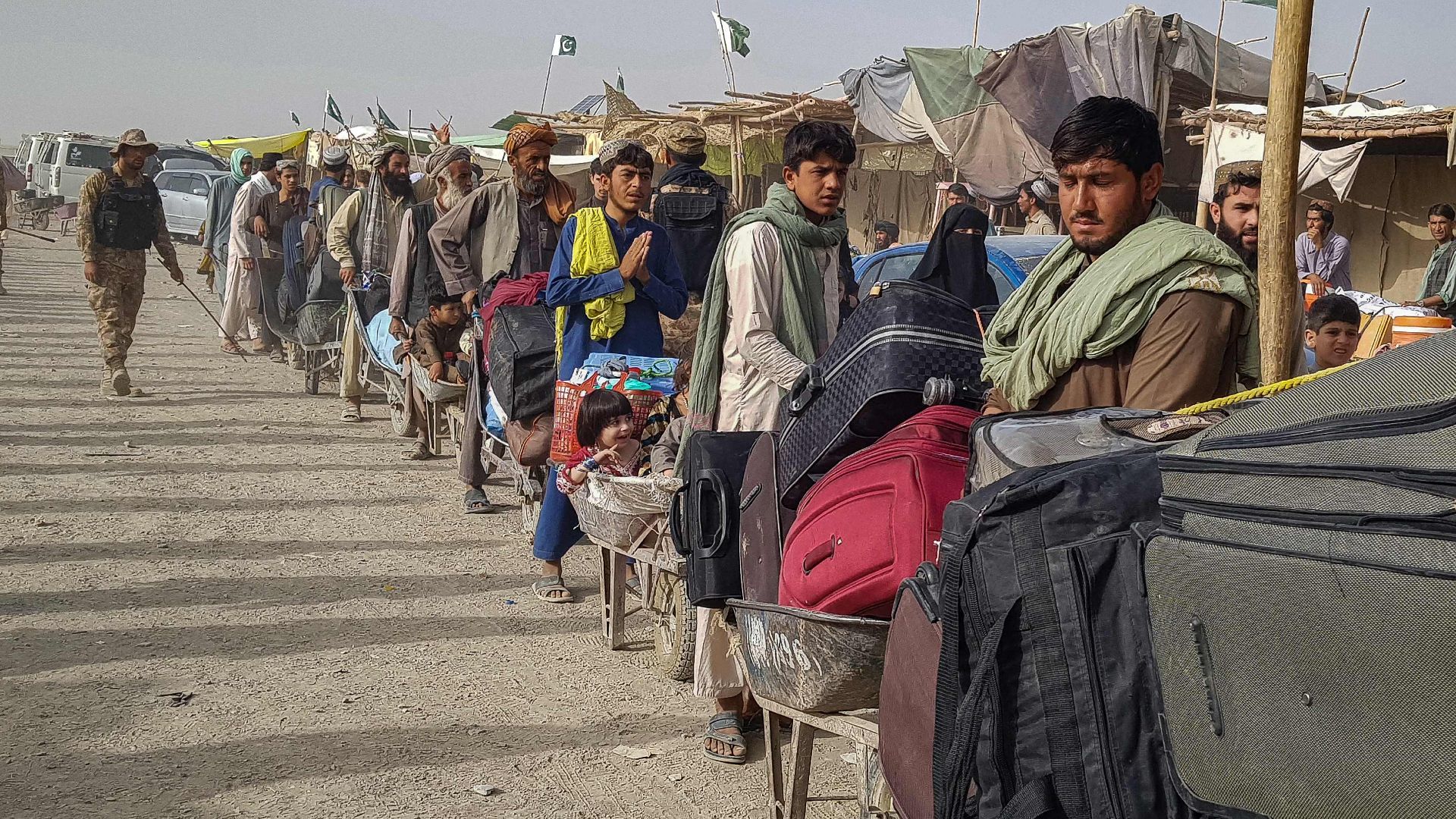The Russian Federation, which was established after the dissolution of the Union of Soviet Socialist Republics, found itself in a multi-polar international system and tried to secure itself in its immediate surroundings and eliminate the economic burdens of the USSR, which it bears its legacy. Here, first of all, the Primakov Doctrine, which was put into practice within the framework of the “Eurasian” understanding during the period of Boris Yeltsin, who was the first president of the Russian Federation, and named after the foreign minister of the period, will be pointed out. The Near Abroad Doctrine followed by the Russian Federation towards the Commonwealth of Independent States in the former Soviet geography will also be briefly mentioned.
THE TERM OF BORIS YELTSIN
The Primakov and the Near Abroad Doctrine
The reasons for the Russian Federation’s orientation to its immediate surroundings after the collapse of the Soviets were its geopolitical location and national security concerns (Dağı, 2002). Russia saw the United States and the West’s penetration into the former Soviet geography, which is regarded as the “Near Abroad”, and its economic and political intervention as a threat to its security (Yılmaz, 2019). Evgeniy Primakov, who became the Minister of Foreign Affairs of Russia in 1996, suggested that the influence of the United States in Eurasia and the Middle East should be reduced while defending the idea of Eurasianism (Yılmaz, 2019). The Primakov Doctrine has determined the consolidation of Russia’s influence in its near abroad countries as the primary goal.
With the Near Environment Doctrine, the Russian Federation has defined the states’ geography that encircled it from the south as the top priority area in its foreign policy. It was deemed necessary for the Russian Federation to take a more active role in the region, and a harsher procedure was followed against the Commonwealth of Independent States countries (Sönmez, 2010).


In the Near Abroad Doctrine, especially these were followed;
- “Ending the conflicts around the Russian Federation, preparing a common security framework with the countries of the Commonwealth of Independent States in line with legal norms, and sending Russian soldiers to neighbouring countries as “Peace Protection Force” and thus creating a security zone near the Russian Federation,
- informing the outside world that Moscow has a special role and responsibilities in the former Soviet geography and that this cannot be fulfilled by any other power and/or international organization,
- under the leadership of Russia, with the START II Treaty, activities such as disarmament and reduction of nuclear weapons in the former Soviet geography carried out,
- controlling missile technology exports by adapting the convention of chemical and biological weapons,
- developing relations with the United States of America, Western Europe and Asian countries” (Sönmez, 2010)
THE VLADIMIR PUTIN ERA
2000-2008 Period
When Vladimir Putin took over the presidency, the effects of the Primakov Doctrine were still being felt. With Putin’s coming to power, the scope of the doctrine, strategic planning aimed at reducing the United States’ global superiority and prioritizing the multi-polar international system in this context expanded, and its content became more concrete (Mammadov, 2014). With the Putin administration, the Russian Federation’s policies towards the Near Abroad countries developed in two ways. At the economic stage, relations were established with the Eurasian Economic Union, the Single Economic Area and the Customs Union. In the integration phase in security, the Collective Security Organization was established with Russia, Kazakhstan, Belarus, Armenia, Kyrgyzstan and Tajikistan.
a-) Russian Foreign Policy Doctrine and Military Doctrine (2000)
The Russian Foreign Policy Doctrine, adopted in 2000, appeared to be a more precisely elaborated and detailed version of the Primakov Doctrine (Mammadov, 2014). The new foreign policy doctrine emphasizes a multi-polar international system, proposes to increase the role of the United Nations and the Security Council in the system, and states that Russia’s economic development will be carried out in proportion to its foreign policy goals (Godzimirski, 2007).
In the Military Doctrine adopted in 2000, the Russian Federation has stated that although the use of nuclear and mass destruction weapons is reserved in case of an attack on its national security or allied states, it will not use nuclear weapons against the countries that are parties to the Nuclear Non-Proliferation Treaty (Bakshi, 2000).
b-) Munich Doctrine
With his speech at the Munich Security Conference in 2007, Putin drew a new foreign policy framework for the Russian Federation, which was later named the “Munich Doctrine” (Yılmaz, 2019). In this speech, Putin announced that the Russian Federation has always pursued an independent foreign policy, will not bow to threats and sieges, and give the necessary responses (Kremlin.ru, 2007). In the period after this speech, the Russian army was made more active. This doctrine opposed the unipolarity of the international system. It claimed that the United States was trying to turn the system around itself by imposing its global hegemony and stated that force should only be possible in the United Nations Security Council (Kremlin.ru, 2007). The doctrine also reacted to NATO’s expansion in Eastern Europe. Putin’s Munich Doctrine also emphasized that the geopolitical expansion of NATO causes Russia’s main security problem in foreign policy.


2012-2014 Period
a-) Russian Foreign Policy and Gerasimov Doctrine (2013)
With the Russian Foreign Policy Doctrine published in 2013, national security policy became the Federation’s top priority issue. In this doctrine, the United Nations’ importance to coordinate international relations from the centre between equal partners is mentioned. It was also noted that the Russian Federation prioritizes developing better relations with its border neighbours and that it will help the parties in the conflicts and tensions that may arise in these regions and that the creation or modernization of new weapon types is possible within the framework of the global security architecture based on international agreements (Concept of the Foreign Policy of the Russian Federation, 2013). With this doctrine, the Russian Federation has stated that it is aware of its special responsibility for protecting world security at both global and regional levels and is determined to act together with all relevant states to deal with common challenges.
With the Gerasimov Doctrine, the Russian Federation’s methods that do not contain military qualities, with less conventional power, less workforce and cost; and it was emphasized that it aims to direct and manage hot conflict processes (Yılmaz, 2019). The doctrine had content that would allow the targeted region, country or community to be eroded by cyber-attacks before the military intervention, and then to put pressure and demoralization through psychological warfare methods; then, breaking the resistance of the target would damage their critical infrastructure and cause the target country’s economy to collapse (Yılmaz, 2019).
b-) Putin Doctrine
The principles of the Putin Doctrine were expressed in Putin’s speech in the Kremlin in 2014. The doctrine primarily states that the Russian Federation no longer regards the West as a reliable partner and that the West rejects Putin’s legitimate complaints against the unilateralism and double standards of the United States. As a result, the Russian Federation did not see itself as part of European civilization (Ryjkov, 2014). In this doctrine, Putin argued that international law was reduced to a menu of options. Every powerful state is free to choose what suits its interests, and that international law is no longer a rule system. Although it is stated that the doctrine is valid for the whole region of the former Soviet Union, the Putin Doctrine aimed to justify the right to control this area, based on a vague idea of the “historical heritage of Russia” and the need to ensure the security of the country in its justified sphere of influence (Ryjkov, 2014). Putin also stated that the importance of the organizations such as the United Nations and the Council of Europe in the international system has decreased.
Evaluation
The threat and security perception of the Russian Federation has constantly changed over the years. The position and economic structure of the Russian Federation in the international system were influential here. Moreover, how the Federation interprets these threats is also shaped by how it sees itself in the system. The evolution of military threats mentioned in the Russian Federation’s military doctrines has occurred gradually, as it is clear that the threat perception has expanded in each of the military principles. This expansion is about the number of threats and the impact of such threats becoming stronger globally.
It is possible to conclude that Russia’s increasing economic strength and self-esteem over the years are the main factors contributing to military threats. As the economic and global power of the Russian Federation increased, military threats began to be expressed openly and directly. Russia’s military doctrines are related to military strategies and political stance, and international threat perception. This is seen more clearly with the latest doctrines of 2010 and 2014.
The fact that the Russian Federation has not officially and explicitly published a doctrine in the field of military or security in the past six years does not mean that they do not act with a particular strategy, especially considering the regions such as the Middle East where it has expanded its area of influence. This article aimed to include the policies adopted and followed by the Russian Federation after the USSR and briefly analyze them.
Prepared by Dilara Nesrin Bulut for The FEAS Journal.
Bibliography
Dağı, Z. (2002). Kimlik, Milliyetçilik ve Dış Politika – Rusya’nın Dönüşümü. İstanbul: Boyut Yayıncılık.
Yılmaz, S. (2019). Putin Dönemi Rusya Dış Politikası ve Güvenlik Doktrinleri. Ankara: Nobel Akademik Yayıncılık.
Sönmez, A. S. (2010). Yakın Çevre Doktrı̇nı̇ Bağlamında Yeltsı̇n Dönemı̇ Rusya Federasyonu’nun Bağımsız Devletler Topluluğu Ülkelerı̇yle İlı̇şkı̇lerı̇. Dumlupınar Üniversitesi Sosyal Bilimler Dergisi.
Mammadov, H. (2014). Rus Dış Politikasında Stratejik- Zihinsel Süreklilik ve Putin’in Dış Politika Doktrini. Ahmet Yesevi Üniversitesi Avrasya Çalışma Grubu Raporu, Ankara.
Godzimirski, J. M. (2007). “Russian National Security Concepts 1997 and 2000: A Comparative Analysis”. European Security, 73-91.
Bakshi, J. (2000). “Russia’s National Security Concepts and Military Doctrines: Continuity and Change”. Strategic Analysis, 1267-1284.
Kremlin.ru. (2007, Şubat 2007). “Speech and the Following Discussion at the Munich Conference on Security Policy”. Retrieved Nisan 11, 2020, from President of Russia: http://en.kremlin.ru/events/president/transcripts/24034
Concept of the Foreign Policy of the Russian Federation. (2013, Şubat 18). Retrieved Nisan 11, 2020, from The Ministry of Foreign Affairs of the Russian Federation: https://www.mid.ru/en/foreign_policy/official_documents/-/asset_publisher/CptICkB6BZ29/content/id/122186
Ryjkov, V. (2014, Nisan 3). The New Putin Doctrine. Retrieved from Boulevard Extérieur: https://www.boulevard-exterieur.com/The-New-Putin-Doctrine.html












